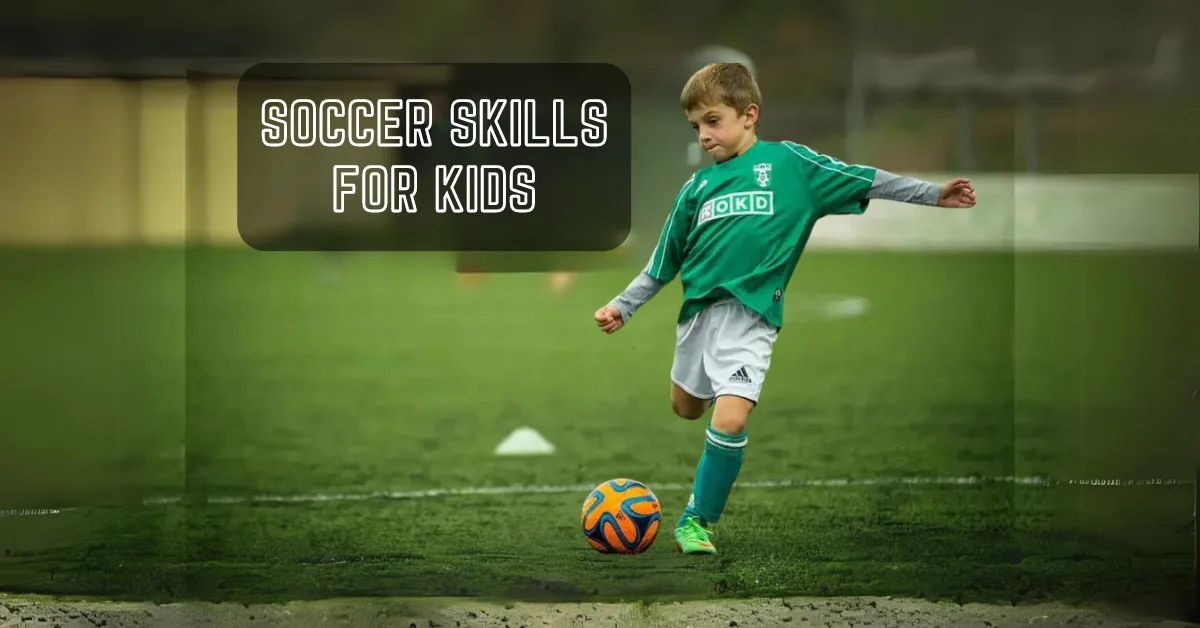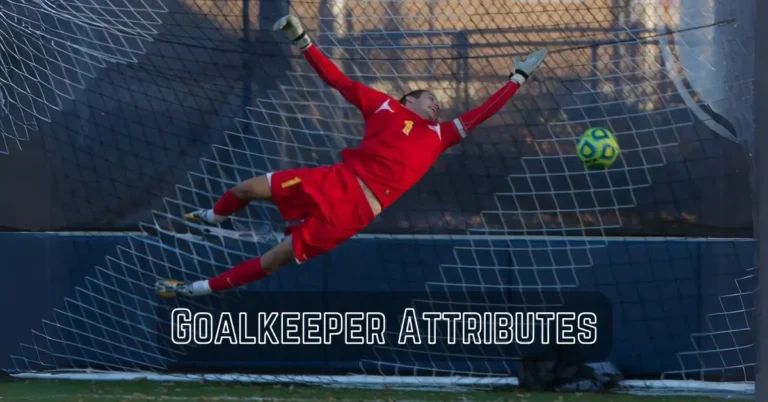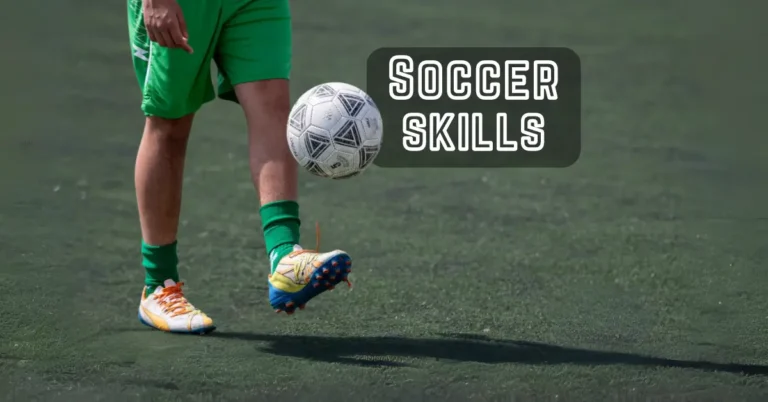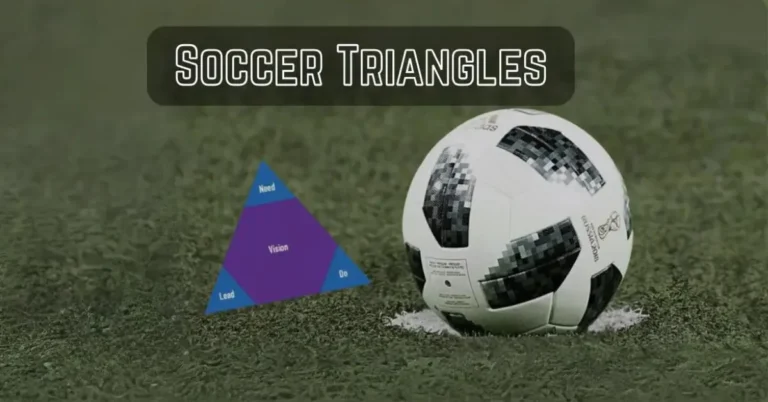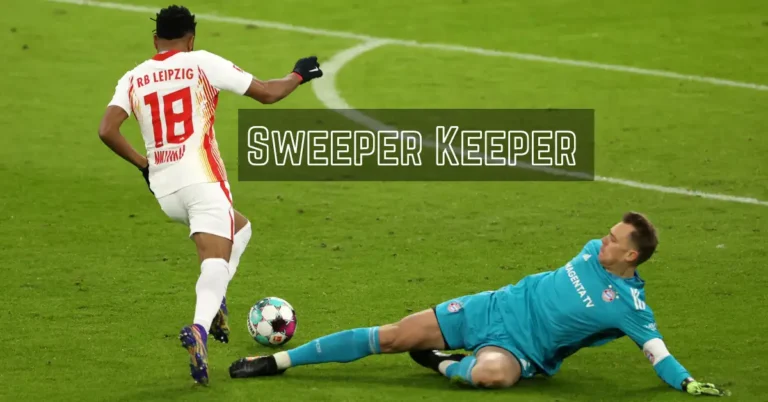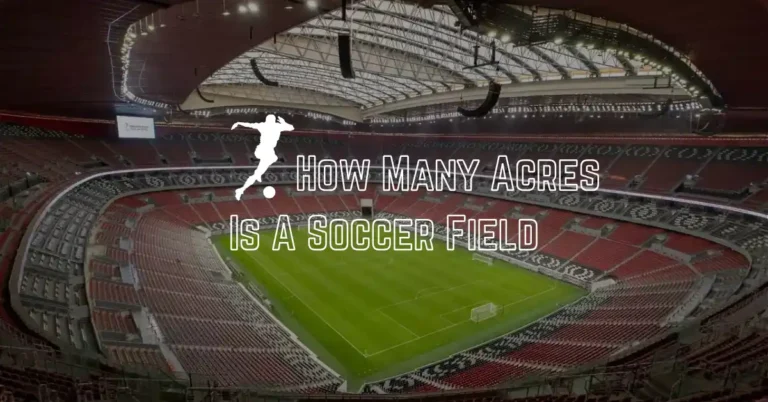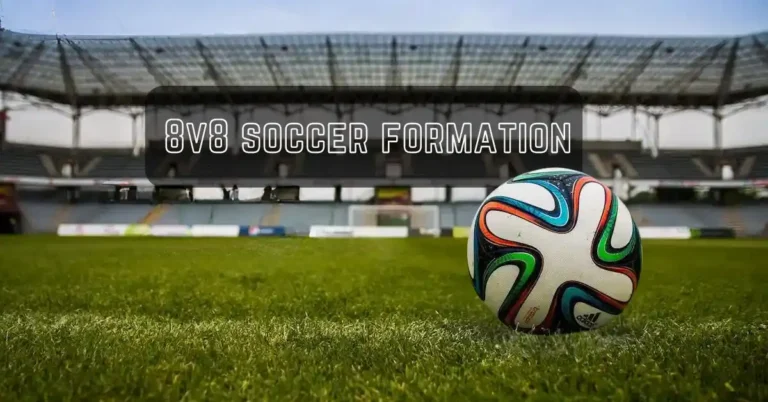Soccer Skills For Kids – Best Tips and Drills to Improve Their Skills
Soccer is more than just a game; it’s a way for kids to learn essential life skills like control, teamwork, and working with others. Soccer and soccer skills for kids are significant in making them good athletes and players.
Even though soccer is popular with everyone, it’s also an excellent way for kids to learn essential life skills. Goals are fun, but the sport also teaches control, teamwork, and resilience, making kids well-rounded.
Basic Soccer Skills for Kids
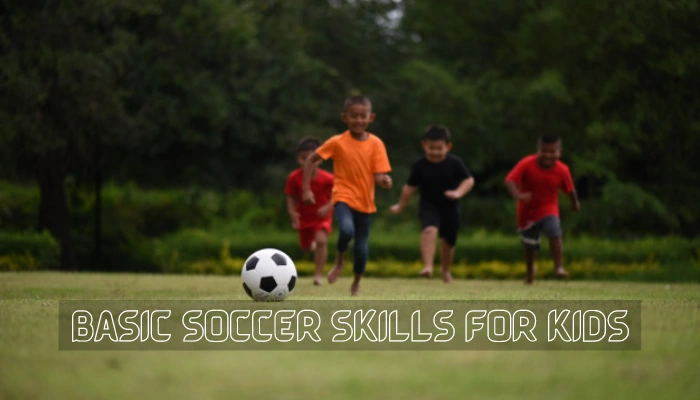
Getting better at basic skills is very important for young soccer players. The basic skills are dribbling, throwing, and receiving the ball with both feet. Agility drills and small-sided games help improve coordination.
Good shooting skills boost confidence and simple defensive skills like positioning help kids. Building a love for soccer and teaching good sportsmanship is essential. The primary soccer skills are given below.
Dribbling Skills For Kids

Here are the six best dribbling skills to beat a defender.
The Stepover:
Stepover is a traditional dribbling skill requiring rapid, deceptive foot movement around the ball. Players feint to change direction but continue on their previous path. The Stepover is known for fooling defenders, allowing skilled players to move through tight defensive gaps.
The Scissor:
Rapid and dynamic leg crossings over the ball define the Scissor dribble. Players use this trick to fool defenders by feigning a direction change. The Scissor, executed quickly and precisely, lets players keep the ball and confuse opponents.
The Pull Back:
A player pulls the ball backward with the sole of their foot to avoid a defender in the pullback. This skill lets the player quickly shift direction and avoid pressure in tight locations. Pullbacks buy dribblers time and space and display perfect ball control.
The Cruyff Turn:
The Cruyff Turn is a legendary dribbling technique named after the Dutch football icon Johan Cruyff. In this move, a player feints to pass or shoot but instead drags the ball behind their standing leg with the inside of their foot, swiftly changing direction.
The Ronaldo Chop:
The Ronaldo Chop is a dribbling skill associated with the renowned Portuguese footballer Cristiano Ronaldo. This technique involves a sudden and decisive change of direction by using the inside of the foot to chop the ball across the body.
The Maradona Turn:
The Maradona Turn is the 360-degree spin or the “La Pelusa” (The Fluff). In this skill, the player uses a swift and complete body turn to shield the ball from defenders, spinning away from pressure with exceptional ball control.
Dribbling tips for kids
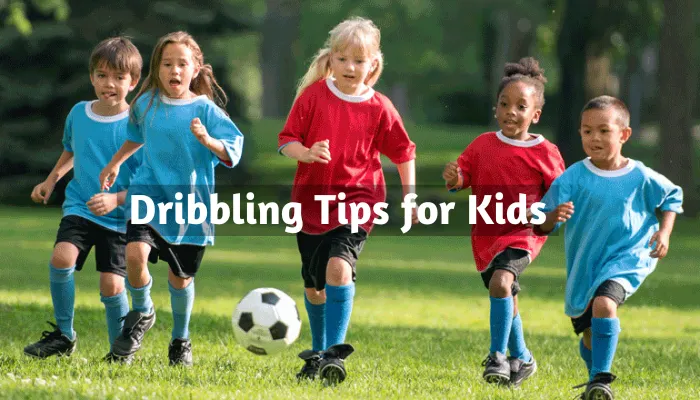
- Avoid using the ball heavily; instead, try to make lots of little, delicate touches.
- Keep the ball near your feet to keep the ball under control and shield it from defenders.
- Use the leading edge of the same foot to lightly contact the ball and hold it close when you enter a gallop; do not switch feet while galloping. This is how the ball is moved fast along the field.
- Use your lower peripheral vision to keep an eye on the ball while maintaining awareness of what’s going on up the field or in front of you.
- To throw opponents off balance as you go up the field, vary the tempo you dribble.
- Maintain your body between the ball and the defender to guard it. Using your legs and arms.
dribbling drills for kids
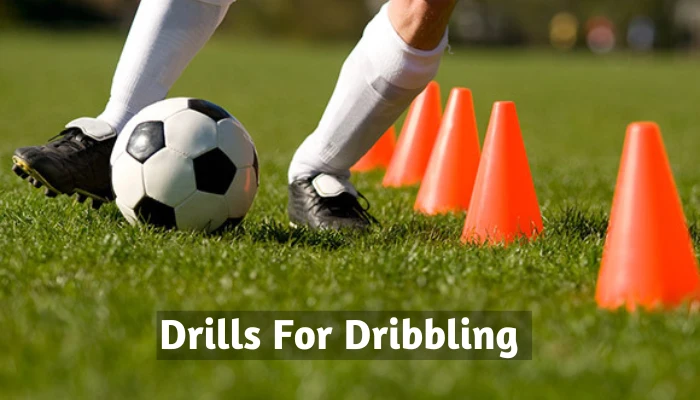
| # | Drill Name | Description |
| 1 | Cone Dribbling | Create a zig-zag pattern using cones and have kids dribble through the pattern with quick direction changes. |
| 2 | 1v1 Attacking | Pair kids up and have them take turns trying to dribble past each other in a 1v1 situation. |
| 3 | Zig-Zag Dribble | Create a zig-zag pattern using cones and have kids dribble through the pattern with quick changes of direction. |
| 4 | Obstacle Course Dribble | Design a course with various obstacles and challenges, encouraging kids to navigate while maintaining control of the ball. |
| 5 | Traffic Cone Weaving | Place cones in a straight line and have kids weave through them, practicing close ball control and quick footwork. |
See Also: U6 Soccer Drills
Passing Skills for Kids
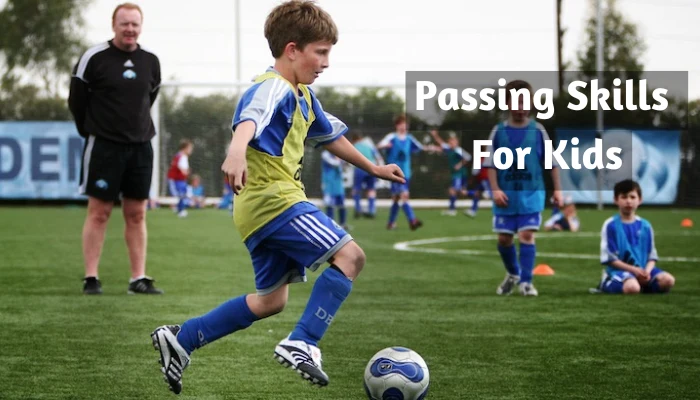
Through Balls:
Through balls involve passing the ball into space behind the opposing defenders for a teammate to run onto. Splitting the defense and creating goal-scoring opportunities requires precise timing and accuracy.
Diagonal Passes:
Diagonal passes are made at an angle across the field, typically used to switch the point of attack. In kids’ soccer, mastering diagonal passes helps players explore different pitch areas and create diverse attacking options.
Switching the Play:
Switching the play refers to changing the direction of the attack from one side of the field to the other. It involves a long, accurate pass, quickly transitioning. The ball from a crowded area to an open space, providing new opportunities for the attacking team.
One-Touch Passing:
One-touch passing involves quickly moving the ball with a single-foot touch. This skill is essential for maintaining possession, speeding up play, and catching opponents off guard. In kids’ soccer, developing one-touch passing skills enhances teamwork and helps players adapt to the game’s fast-paced nature.
Passing tips for kids

- Utilize the kicking foot’s inside or the boot’s portion that extends from the extensive toe base to the heel’s middle region.
- Ensure the kicking foot is at a straight angle to the ball when making contact.
- Your shoulders should be facing directly where you want the ball to go.
- Ankle and knee joints should be robust and resilient.
- Maintain your head’s stability and your eyes fixated on the ball while maintaining your body weight above it.
- Strive to hit the ball in the middle.
- Continue the kicking leg in the direction you intend for the ball to travel.
- Stretch your arms out to keep your balance while you pass.
Passing drills for kids
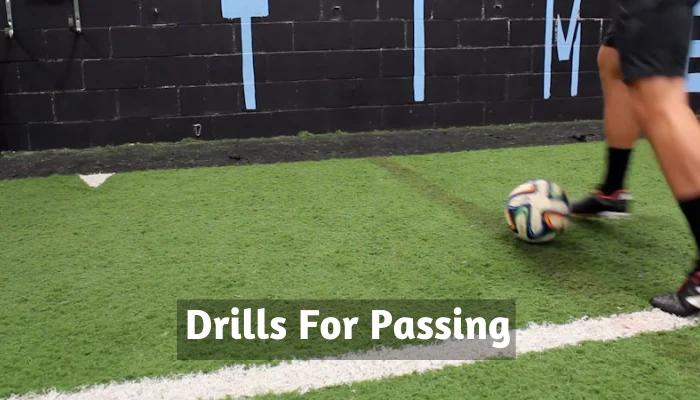
| # | Drill Name | Description |
| 1 | Target Passing | Set up targets (cones, markers) and have kids practice passing the ball to hit specific targets. |
| 2 | Triangle Passing | Create small triangles with cones and have kids pass the ball within the triangles, promoting accurate and quick passing |
| 3 | Passing Relay | Organize a relay race where kids pass the ball to their teammates to advance it down the field, emphasizing quick and accurate passes. |
| 4 | Wall Passing | Use a wall as a partner for passing drills, encouraging kids to pass and receive the ball back with control. |
| 5 | Circle Passing | Form a circle with players and have them pass the ball around the circle, focusing on both short and long-range passes. |
See Also: Best Formations For 11v11 Soccer
Receiving Skills for Kids
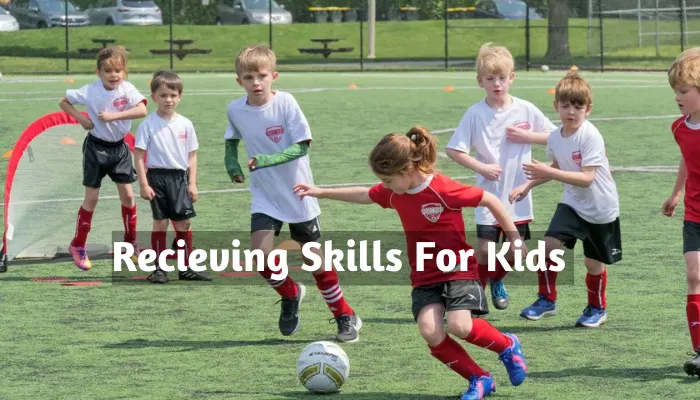
First Touch:
The first touch refers to a player’s ability to control the ball skillfully with their foot or another part of the body upon receiving it. A good first touch is crucial as it sets the stage for the next move, allowing the player to pass quickly, dribble, or shoot without losing possession.
Spatial Awareness:
Spatial awareness in soccer entails knowing where opponents, teammates, and the ball are. Spatial solid awareness allows players to anticipate others’ movements, make good decisions, and discover open places to receive the ball.
Body Positioning:
To receive the ball with optimal control and preparedness for the following action, a player must posture their body properly. Players can block opponents, receive the ball cleanly, and make accurate passes or shots with proper body alignment.
Communication:
In soccer, players use verbal and non-verbal cues to signal their readiness to receive the ball and coordinate movements with teammates. Effective communication enhances teamwork and helps in creating passing options.
Receiving tips for kids
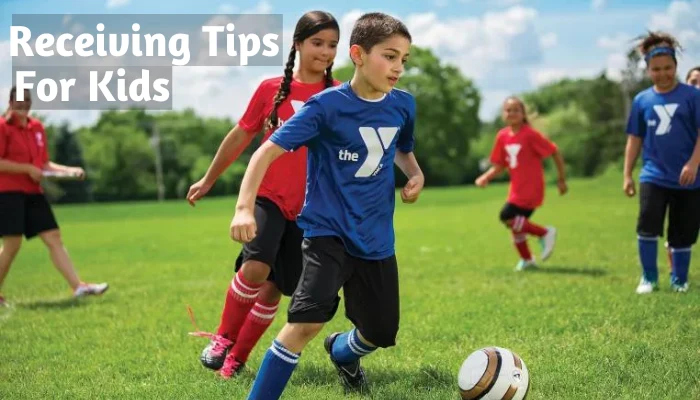
- Make sure your non-receiving foot is balanced while you face the player who is passing the ball.
- To get the inside of the foot to make a 90-degree angle (right angle) with the ball, elevate the receiving leg a little and rotate at your back.
- To allow the receiving foot to absorb the ball’s pace when it arrives, make sure it is relaxed.
- Before shooting the ball, aim the inside of the foot in the desired direction.
- After this initial contact, try to maintain the ball as near to your feet as you can.
Receiving drills for kids
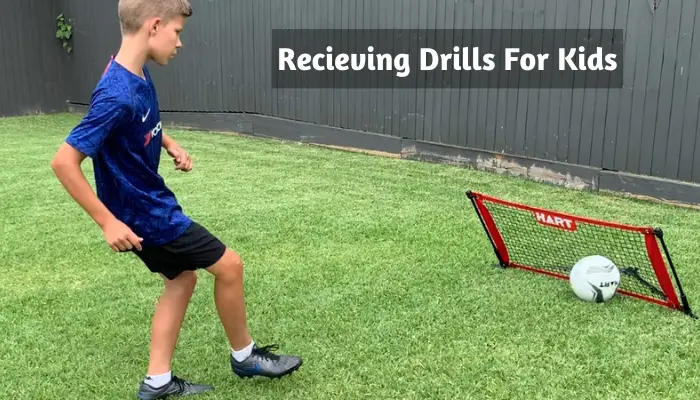
| # | Drill Name | Description |
| 1 | Cone Receiving | Set up cones in a line and have kids practice receiving the ball while moving between the cones. |
| 2 | Wall Rebounds | Use a wall to pass the ball to the player, who then receives it after the rebound, focusing on first-touch control. |
| 3 | Partner Passing | Pair kids up and have them pass the ball back and forth, emphasizing proper technique and control in receiving. |
| 4 | Juggling Challenge | Encourage kids to juggle the ball using feet, thighs, and head, promoting better ball control and touch. |
| 5 | Turning and Receiving | Combine receiving with turning by having kids receive the ball and quickly turn to pass it in a new direction. |
See Also: Soccer Quotes For Girls
FAQs
Teach soccer skills to kids through fun drills, emphasizing basic techniques like dribbling, passing, and shooting in an engaging and age-appropriate manner.
Soccer skills encompass a player’s ability to control and manipulate the ball, including techniques like dribbling, passing, shooting, and defensive maneuvers.
Teach soccer to 3- to 5-year-olds by focusing on simple activities. It will develop their motor skills, introduce essential ball control, and make sessions enjoyable and interactive.
Teach your son soccer skills by starting with fundamentals, incorporating regular practice sessions, and providing positive reinforcement to boost confidence.
conclusion
When your child constantly practices these three key skills—dribbling, passing, and receiving. They will get better quickly and be prepared to play in any club, school, or neighborhood soccer match. Teaching kids how to play soccer isn’t just about the game; it’s a process of getting better as a person. The benefits go beyond the field and make people strong, focused, and well-rounded.

